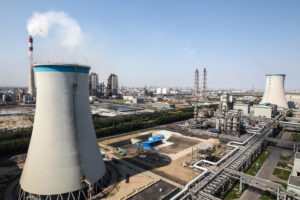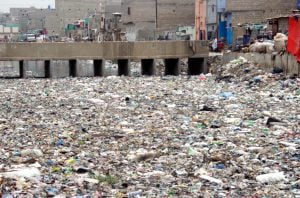New Delhi, the capital of India, is fed by the Yamuna – a river the city has so polluted that it is classified as dead for a long way downstream. Now even the first 100 kilometres of the Yamuna’s journey through the mountains, rich in biodiversity, are chequered with obstacles.
A number of large hydropower projects are underway; arresting the river, forcing it through tunnels, thrusting it forward through barrages. The Yamuna basin has at least 12 operating hydropower projects with installed capacity of 495 megawatts (MW). At least another five are under construction, and 31 more are proposed, according to Himanshu Thakkar of the South Asia Network on Dams, Rivers and People (SANDRP).
Standing out in this slew of hydro projects is Lakhwar – a dam that was given the go-ahead by India’s National Board for Wildlife in April 2020. The Lakhwar Multipurpose Project (300 MW) is a peaking power station (generally run only when there is high demand) proposed on the Yamuna near Lohari village in the district of Dehradun in Uttarakhand. It is being developed by Uttarakhand Jal Vidyut Nigam Ltd (UJVN Ltd).
![This is one of the few stretches where the Yamuna flows unfettered [image by: Manoj Mishra]](https://dialogue.earth/content/uploads/2020/07/Osho-naugaon-23-Feb-2014-052.jpg)
Here’s a snapshot of the cost to the environment:
- Over 300,000 trees will be felled on 768 hectares of forestland
- A stretch of over 30 km of the Aglar River – the only perennial (non-glacial origin) tributary of the Yamuna until the proposed project site – would become part of the reservoir and lose its character as a flowing river
- The construction will have serious impacts on biodiversity upstream, an area rich in fish species especially the endangered mahseer. A report by an IIT consortium as a part of the broader strategy for developing the Ganga River Basin Environment Management Plan observed that the upper stretch of the Yamuna is significantly richer in biodiversity than the lower parts; 139 species belonging to 78 genus and 33 families have been reported from the Yamuna
- The Binog Wildlife Sanctuary and Mussoorie Eco-sensitive Zone are just 3.1 km and 1.99 km away, respectively, from the project site
Despite the large-scale impacts Lakhwar dam will have on the ecology of the region, not one committee of the government in charge of giving clearances has asked for a comprehensive environment impact assessment (EIA).
No one has documented and told the story of the environmental destruction caused by dams better than the SANDRP’s Thakkar. An engineer by training, Thakkar has critiqued more than 100 dams for their faulty environmental clearance processes. Even among these, the Lakhwar dam stands out. “The biggest dam so far and the first storage dam on Yamuna River has had no environment impact assessment, no environment management plan, no environmental appraisal, no public consultations or valid environment clearance. Why then has the project been given the green signal?” Thakkar asked.
![The state of something as basic as a sign by the road testifies to the neglect of the area in Osho, Naugaon [image by: Bahar Dutt]](https://dialogue.earth/content/uploads/2020/07/Osho-naugaon-23-Feb-2014-043.jpg)
Sequence of events
The composite Lakhwar-Vyasi project received clearance 33 years ago without any comprehensive EIA, preparation of an environment management plan (EMP) or any participatory process such as a public hearing. The approval granted by the then Ministry of Environment and Forest (MoEF) in 1987 was merely an administrative approval, and not an environmental clearance. Some preliminary work started and continued until 1992. It stopped thereafter due to a lack of funds. In a November 2010 meeting, the EAC (expert appraisal committee of the ministry) considered the Lakhwar dam for environmental clearance, and raised a number of questions. None of them was resolved and the EAC did not consider the project in any meeting after November 2010.
Nevertheless, through a letter dated January 10, 2011, the ministry allowed the 1987 clearance to continue, instead of completing the process of environmental clearance. Since 1987 various legal provisions have been introduced to assess and mitigate the impact of hydropower projects on the environment such as the EIA notification under the Environment (Protection) Act, 1986 that came into existence in 1994 and was later revised in 2006. The 120 MW Vyasi hydroelectric project that was part of the original composite project sought and received an environmental clearance in September 2007. The Lakhwar dam should have also undergone a proper environment clearance process in line with the EIA Notification, 2006.
A common argument given in favour of construction of the Lakhwar dam is that it will improve the water situation in Delhi. But a draft water policy of the Delhi Jal Board states, “NCT (National Capital Territory) Delhi will progressively reduce its abstraction of river water from Yamuna river by increasing its reliance on recycled water resources” and that “NCT Delhi will take steps to restore river water quality to bathing quality by 2020 and also carry out ecological monitoring of the recovery of the riverine eco-system”.
Delhi’s water minister has publicly stated that Delhi did not need the dam.
There is also the question of safety. The project is being developed in an area of high seismic activity, frequent flash floods and landslides. Climate change is likely to exacerbate all these problems.
Even the technical design of the project needs re-examination. Every large dam needs a mechanism to pass the incoming flood downstream when the dam is full. There are gates on top of the dam that, when opened, allow safe passage of the incoming flood downstream. These gates or mechanisms are collectively called a spillway. The capacity of the spillway is usually designed to deal with the worst possible flood that could conceivably happen in a location, or Probable Maximum Flood (PMF).
When the dam passes PMF the spillway gates are fully opened and excess water overflows. The dam structure should be able to pass this without damage. For the Lakhwar dam, the spillway capacity is 8,000 cubic metres per second (cumecs), while the possible PMF assessed two decades back was 18,000 cumecs. In a 2000 paper by P.R. Rakhecha and C Clark, called ‘The probable maximum flood at the Ukai and Lakhwar dam sites in India’, the authors say, “There would be significant flow over the dam crest after 12 hours from the start of the storm hydrograph and this would be maintained for over 18 hours. The maximum depth of flow over the crest would be 4 metres which is large enough to cause major if not catastrophic damage to the dam.”
“The actual PMF for the dam will be higher than 18,000 cumecs and hence the current design of the dam is not safe in the context of either currently assessed or increased PMF due to changing climate,” says Thakkar.
Other damage to the site has already begun. As recently as June 20, a huge amount of muck washed down into the Yamuna, in spite of commitments made by the project proponent to dispose of it responsibly. Local residents said that since June 2019, the UJVNL has spent over INR 4 million (USD 53,690) on geo jute and hydro seeding (grass slope protection) work at Hathiyari muck dumping yard. But the project has already missed several deadlines; the work is far from complete.
The careless handling of muck generated during the construction of the 2.7-km-long, seven-metre diameter tunnel in the past eight years has added to the woes of local people and the Yamuna. Praveen Kumar Tomar, a 38-year-old resident of Kathapathar near the site of the Lakhwar dam said, “I don’t see any advantage of this project for us local people. Contractors come from outside. We are offered merely daily wage jobs in the construction of these dams.”
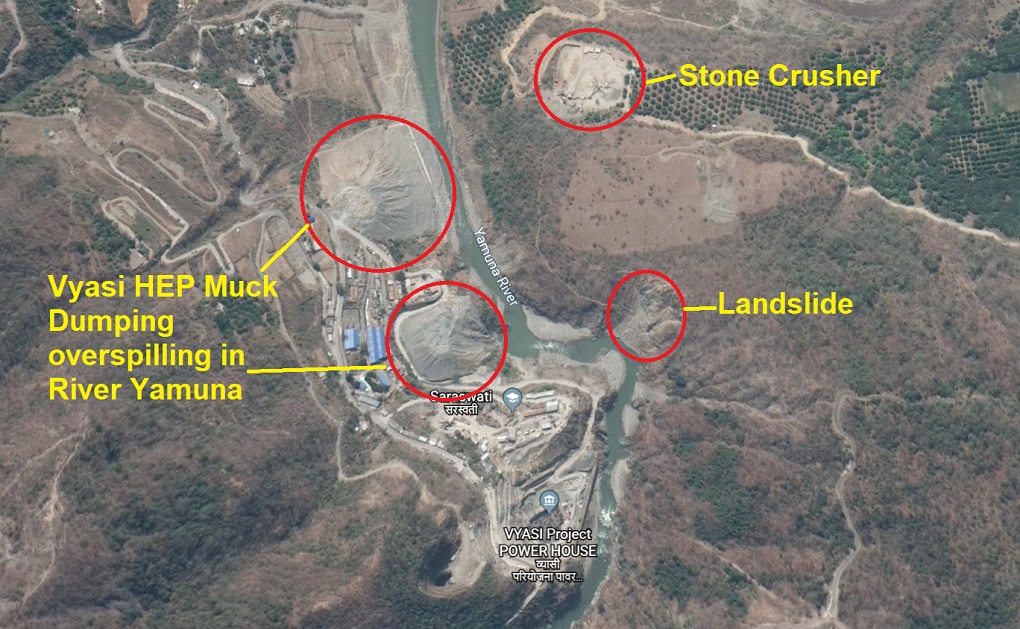
Lakhwar and Vyasi are just two of many projects coming up on the Yamuna. There has been no cumulative impact assessment of the cluster of proposed projects. “The Lakhwar HEP is a part of a larger composite development of the particular stretch of the Yamuna. This shocking state of lack of preparation of basic management plan is the consequence of allowing the project based on outdated clearances,” argued Thakkar.
Impact on the mahseer
The golden mahseer (tor putitora), once common across the Himalayas, has virtually vanished. Now confined to small pockets, it is considered endangered, according to the IUCN Red List. While there are some captive breeding centres, such as one set up by Tata Power in Maharashtra, its numbers are still precarious in the wild.
According to scientist Adrian Pinder from Bournemouth University, who is director of the Mahseer Trust, “Tor putitora has been assessed as endangered on the IUCN Red List for this very reason. Despite having a wider natural distribution range than most other mahseer species, ongoing dam construction throughout the Himalayas is systematically chipping away at its habitat with the potential to extirpate local populations. This is due to dams preventing the movement of this long-range migratory species to critical spawning habitats in tributary streams and fundamentally shifting ecosystems from powerful rivers to deep lakes.”
According to Pinder, captive breeding centres would not offset the losses to the ecosystem by the Lakhwar dam. “While there is a penchant to consider the creation of hatcheries and stocking mahseer into degraded ecosystems the ‘silver bullet’ to mitigate the impact of dams, there remains no evidence that this strategy has any positive conservation impact. Indeed, these are fish that have evolved in the most hostile of environments. It would be foolish to think that fish reared in ponds lacking any flow, natural food or predators could produce fish capable of surviving in the wild and contributing to the recruitment of future generations,” he said.
In January 2019, based on a petition filed before it, the National Green Tribunal directed the EAC to reappraise the Lakhwar project. The NGT stated, “We, therefore, direct the EAC to appraise the project afresh in terms of EIA notification 2006 and impose additional general and specific conditions as may be considered necessary.”
Despite this, the Lakhwar dam was cleared by the National Board of Wildlife with just two conditions, based on recommendations of the chief wildlife warden of the state, Rajiv Bhartari: no activity during the night and the construction of speed breakers. There was no mention of any environment management plan or any effort to save the fish species in the river.
Bahar Dutt is an award-winning environmental journalist and conservation biologist and author of the book ‘Rewilding in India, Experiments in Saving Nature’, published by Oxford University Press
![<p>The area where the dam is to be built is the habitat of the endangered golden mahseer [image: Alamy]</p>](https://dialogue.earth/content/uploads/2020/07/Golden-Mahseer-Tor-Putitora-.jpg)
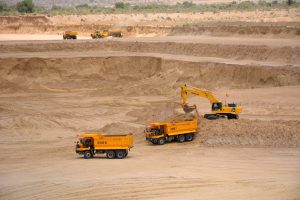
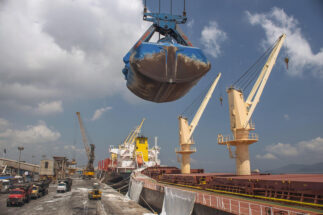
![Flooding along the Bagmati is an annual phenomenon in Bihar [image: Alamy]](https://dialogue.earth/content/uploads/2020/07/Floods-hit-Bihar-300x197.jpg)



